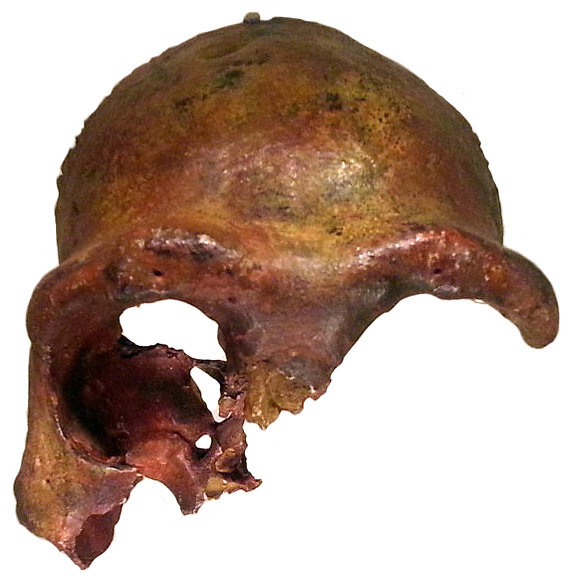
The cave was excavated in 1925-1926 by Francis Turville-Petre. It was the first paleontological excavation in the region. Turville-Petre discovered a skull, referred to as the Galilee skull, that was initially described as the second Neanderthal-like specimen. It was originally attributed to a Mousterian level and is now thought to be from an earlier Acheulo-Yabrudian complex. Later studies showed that the face was relatively flat, with no evidence of Neanderthal-like facial prognathism. The frontal bone and part of the upper face were found in the Mugharan level, which leads to an estimate of the age of the fossil to range from 300-200 Ka BP. Similarities with Zhoukoudian remains suggest a possible ancestral relationship.
For more information, click here. Or, Try these sources:
- "A comprehensive morphometric analysis of the frontal and zygomatic bone of the Zuttiyeh fossil from Israel" (PDF). Can be read here.
- Cartmill, Matt; Smith, Fred H. (2009). The Human Lineage. John Wiley & Sons. p. 320. ISBN 0471214914. Can be read here.
- Human Evolution (2011-12-17). "The Zuttiyeh specimen from Israel, Galilee Skull". Pfpuech.newsvine.com. Can be read here.